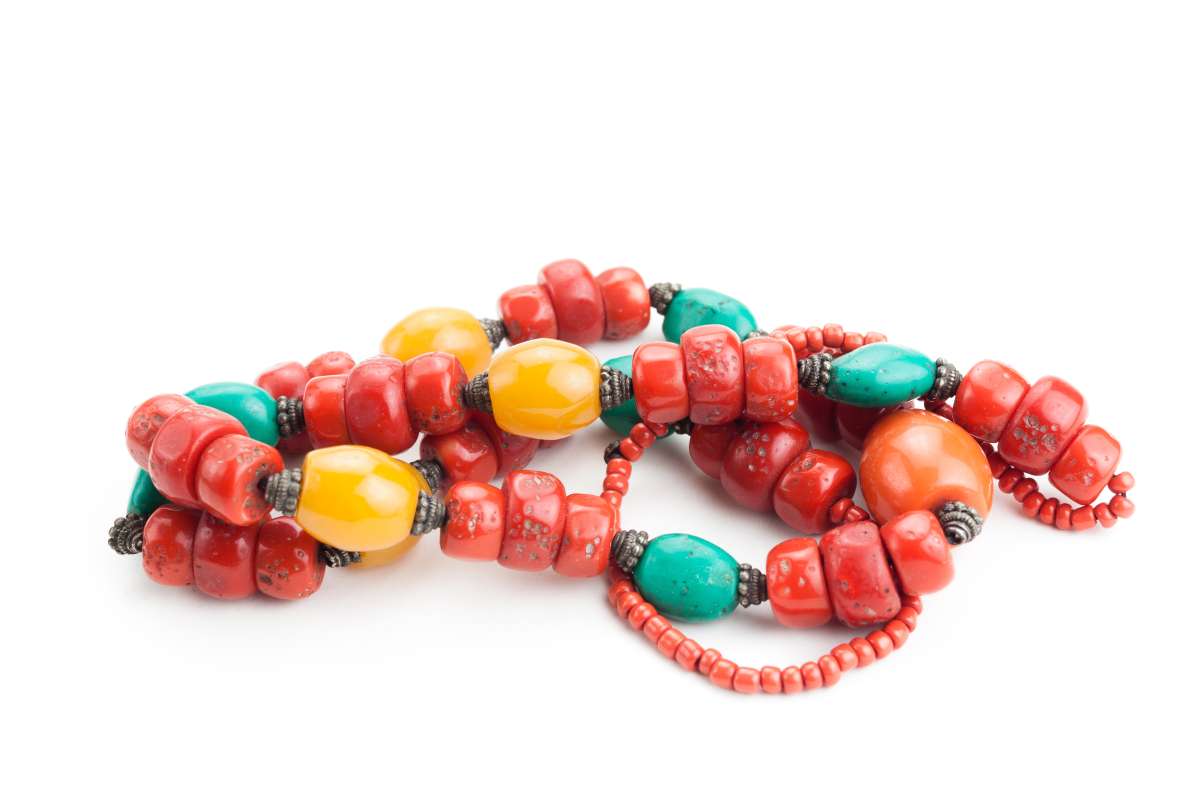Teething is a significant milestone in your baby’s development, but it can also be a source of discomfort. Recognising and soothing teething discomfort in your baby is essential to parenting. In this article, we will explore the signs of teething. We will also discuss methods to reduce discomfort and provide guidance for navigating this challenging phase.
Teething, a natural but often challenging phase in an infant’s development, can be a time of discomfort and restlessness for both the baby and the caregivers. This article looks into the signs that signify your baby might be sprouting those first pearly whites and offers tried-and-true strategies to reduce the pain. With knowledge and patience, parents can provide their babies with the relief they need during this significant milestone.
1. Understanding Teething
a. When Teething Begins
Teething typically begins around six months but can vary from baby to baby. Some might start teething as early as three months, while others may not begin until after their first birthday.
b. The Teething Process

Teething is a gradual process during which your baby’s teeth break through their gums. This process can cause discomfort and irritability.
2. Recognising Teething Discomfort
a. Signs of Teething
Recognising the signs of teething is crucial. Common indicators include:
- Fussiness: Teething can make your baby irritable and more prone to crying.
- Excessive Drooling: Increased drooling is a typical teething symptom.
- Swollen Gums: The gums may appear red, swollen, and tender.
- Chewing and Biting: Babies often chew on objects to relieve gum discomfort.
- Sleep Disturbances: Teething discomfort can disrupt sleep patterns.
- Loss of Appetite: Sore gums can make feeding less appealing.
- Ear Pulling: Babies may tug at their ears due to referred pain.
b. Teething Timeline

Teething discomfort can vary, but it often follows a specific order. Typically, the bottom front teeth (lower incisors) appear first, followed by the top front teeth (upper incisors), and then the molars, canines, and second molars.
3. Soothing Teething Discomfort
a. Safe Teething Toys
Teething toys help provide relief. Look for BPA-free, non-toxic options that are easy for your baby to hold and chew on.
b. Chilled Teething Rings

Chilled teething rings can provide comfort by numbing sore gums. Ensure they are clean and not too cold to prevent injury.
c. Teething Biscuits
Teething biscuits offer a firm surface for your baby to chew on. Opt for age-appropriate and safe products.
d. Gum Massage

Gently massaging your baby’s gums with clean fingers can help reduce discomfort. Wash your hands thoroughly and use a soft, clean cloth.
4. Over-the-Counter Remedies
a. Teething Gels
Some over-the-counter teething gels or ointments contain mild anaesthetics to numb the gums temporarily. Consult your paediatrician before using them.
b. Pain Relievers

For severe discomfort, your paediatrician may recommend pain relievers suitable for infants, like acetaminophen or ibuprofen. Always follow the recommended dosage.
5. Natural Remedies
a. Cold Washcloth
A clean, chilled washcloth can provide relief when your baby chews on it.
b. Amber Teething Necklaces

Amber teething necklaces are believed to release natural oils when warmed by your baby’s skin, which may have a soothing effect. However, experts debate their safety, so consult your pediatrician.
c. Herbal Teas
Chamomile tea can have a calming effect. Make sure it is age-appropriate, and consult your paediatrician.
6. Maintain Comfort and Routine
a. Comforting Cuddles
Comforting and holding your baby can provide emotional support during this challenging time.
b. Distractions

Engage your baby in playful distractions to divert their attention from teething discomfort.
7. Caring for Teething Babies
a. Oral Hygiene
Begin gentle oral care early by wiping your baby’s gums with a soft cloth or using a baby toothbrush once the first tooth appears.
b. Feeding Adjustments

If your baby is reluctant to feed due to sore gums, try softer foods and avoid hard or crunchy items that may exacerbate discomfort.
8. When to Consult a Pediatrician
a. Persistent Discomfort
If your baby’s teething discomfort is severe and persistent, or if you suspect other health issues, consult your paediatrician.
b. Fever or Other Symptoms

Teething may cause a slight elevation in body temperature. A high fever or other concerning symptoms warrant medical attention.
Teething discomfort in your baby is a challenging but manageable phase of early parenthood. By recognising the signs of teething and using safe and effective soothing methods, you can help reduce your baby’s discomfort. Remember to maintain comfort, provide emotional support, and consult your paediatrician. Teething is a natural part of your baby’s development, and with your care and attention, you can help them navigate it with greater ease and comfort.
